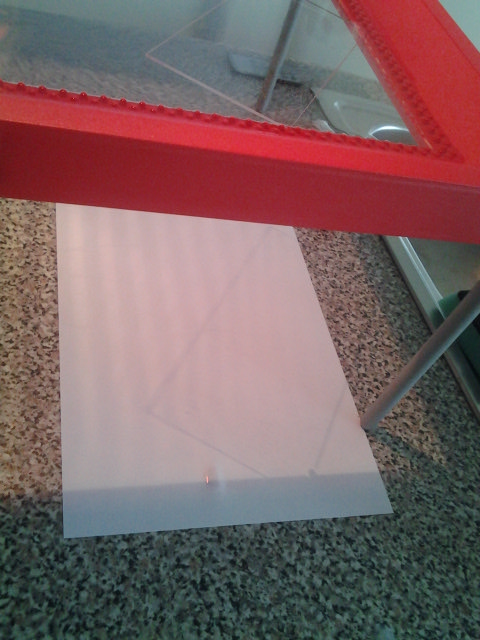I just finished a two-week professional development workshop in California. The workshop left me feeling energized, excited, and ready to get back to the classroom. Here were some of the best things about it:
- The instructor, Jon Anderson, was phenomenal. He had lots of experience teaching the wave and light models we worked on, had plenty of demonstrations and practical activities lined up for us, and had a deep understanding of what worked and what didn’t. But, perhaps even better, he ran the workshop as a modeling classroom: learner-focused, no lecturing, and taking the time to talk through everything of interest.
- In my group of 15 teacher-learners, we had a spectrum of backgrounds and levels of engagement. Yet everyone pulled in the same direction, everyone contributed, and we taught each other a lot. Jon gave us time to innovate, too, so we came out of the workshop with more individually than we’d walked in with cumulatively (including Jon).
- Our discussions usually spilled over into breaks, lunch, and extra-curricular activities. One lunch break, we hopped a fence to test out the feasibility of a swimming pool for showing double source interference patterns. The next day was a heated discussion about colonization of other planets, and the day after that was about Project-Based Learning.
- There was a rich assortment of extracurricular activities available, including those organized by the workshop conveners (a bonfire on the beach, watching the world cup at the nearby bar) and those proffered by the local community (farmer’s market, hiking, whale-watching).
- The workshop was held at Cal Poly University in the beautiful town of San Luis Obispo. It is a wonderful, sunny, warm, friendly environment, and the facilities of the university (especially their well-stocked physics demo room!) made the two weeks feel both vacation-y and Christmas-y.
- The people who organized the workshop, including the folks who run the superb Noyce programme, made it clear that they consider high school physics to be a very high priority. We were feted, no doubt, and it was clear that the instructor was given the funding and supplies needed to do a great job. We were especially lucky to have a local undergraduate student help with the lab supplies — we certainly kept her busy!
- The teacher-learners worked together on a shared Google Doc that captures much of the key points, video/pictures of great experiments/demos, good pedagogical ideas, suppliers of useful equipment, and so forth. It is certainly something I will refer back to frequently.
- Follow-through. We scheduled monthly online check-in sessions, and everyone seems pretty enthusiastic about them so far. Even when I’ve done good workshops in the past, I haven’t necessarily felt like I would keep in touch with the other participants: here, I certainly want to.
… and that’s what I call good PD.

